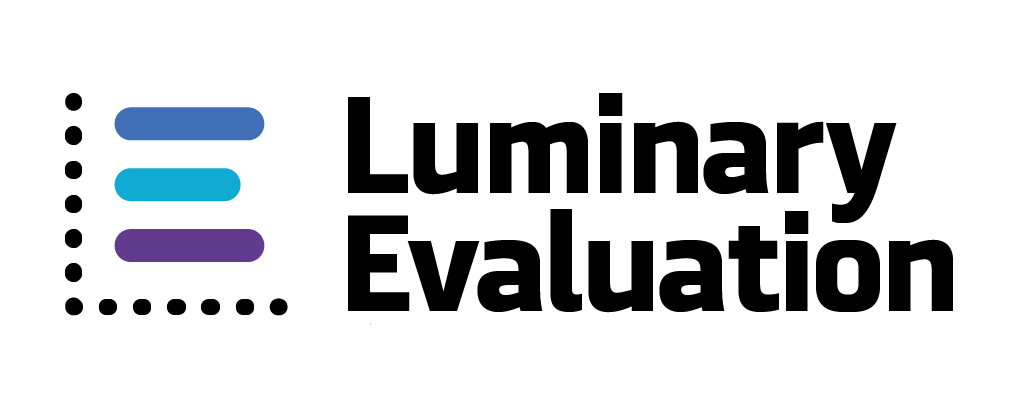Evaluation Road Map: Downloadable Resources
Step 1: Understand your 'why' - Before beginning an evaluation effort, it's important to think about why you are engaging in the work and what your organization wants to get out of it. Reflecting on your 'why' at the outset will help shape how you set out on your data journey and respond to the audience you are looking to reach with your evaluation effort. Your organization may find itself evaluating for several different audiences:
Board: Offers clarity around an organization's impact.
Staff: Helps celebrate successes and identify areas for enhancement and opportunity.
Funders: Creates confidence that organizations are committed to measuring impact and that they are making a solid investment in your organization.
Community: Encourages more community engagement and reveals opportunities for synergies or partnerships
Field: Contributes to the body of knowledge and can elevate an organization’s position as a thought leader.
Legislators: Data supports advocacy efforts and create important guideposts during decision-making
Other: _________________
Step 2: Identify existing data - Often organizations have more data than they think they do and it's just a matter of sorting through it all and aligning it with your goals and objectives. Brainstorm a list of data points that you already have information for. Some examples might include attendance records, rosters, results from participant surveys, intake information, etc.
Download the Identifying Existing Data Planning Sheet
Step 3: Build a logic model - A logic model is a picture of how your program works. It helps you:
Articulate what your program intends to accomplish – your goal
Outline what you plan to do – your activities
Say what those activities will produce – your outputs
Anticipate the changes in a condition (e.g., business wellbeing) or improvements for a population (e.g., children and families) – your outcomes
Make clear the ultimate result(s) of your efforts – your impacts
Download Logic Model Planning Sheet
Download Wisconsin Early Education Shared Service Network (WEESSN) Logic Model
Step 4: Select indicators - Now that you've created your logic model and articulated output, outcomes, and impacts, it's time to select the indicators that will help you shape your data collection tools.
Download Indicators Planning Sheet
Step 5: Create data collection tools - Once you have the metrics that you would like to collect information about, it's time to build your data collection tools to capture data that you don't already collect. The most common include surveys, interviews, and focus groups to capture both quantitative and qualitative data.
Download Quality Care for Children Staffed Family Child Care Network Survey Example
Download WEESSN Quick Check Survey Example
Download the Shared Service Startup Interview Guide
Step 6: Collect data - Determine who will collect the data from program participants. It's often helpful to engage data collectors who already have trusting relationships with program participants so that they are comfortable during the survey or interview process. Offering these collectors specific training focused on the why, what, and how of their data collection efforts ensures clear expectations and more consistent data.
Step 7: Analyze - After collecting program data, this evaluation phase includes data analysis, assessment, and meaning summary. During analysis, data from all collection activities are assessed together to create a set of observations, supporting narrative, and recommendations for future implementation. These activities are conducted at logical times depending on other reporting, program time frames, as a culmination of data collection.
Download Analyzing Data and Identifying Observations
Step 8: Report - Reporting articulates impact to internal and external audiences and is a way to communicate impact across projects, especially if reports follow a consistent format. This activity occurs after project analysis. To begin a report, create an outline that is similar to the one below referring to the data you just organized in step 7.

